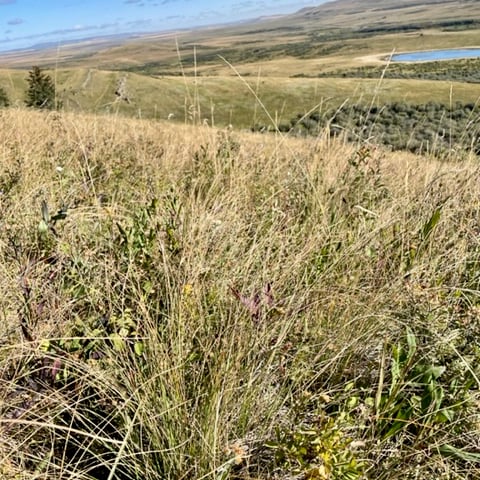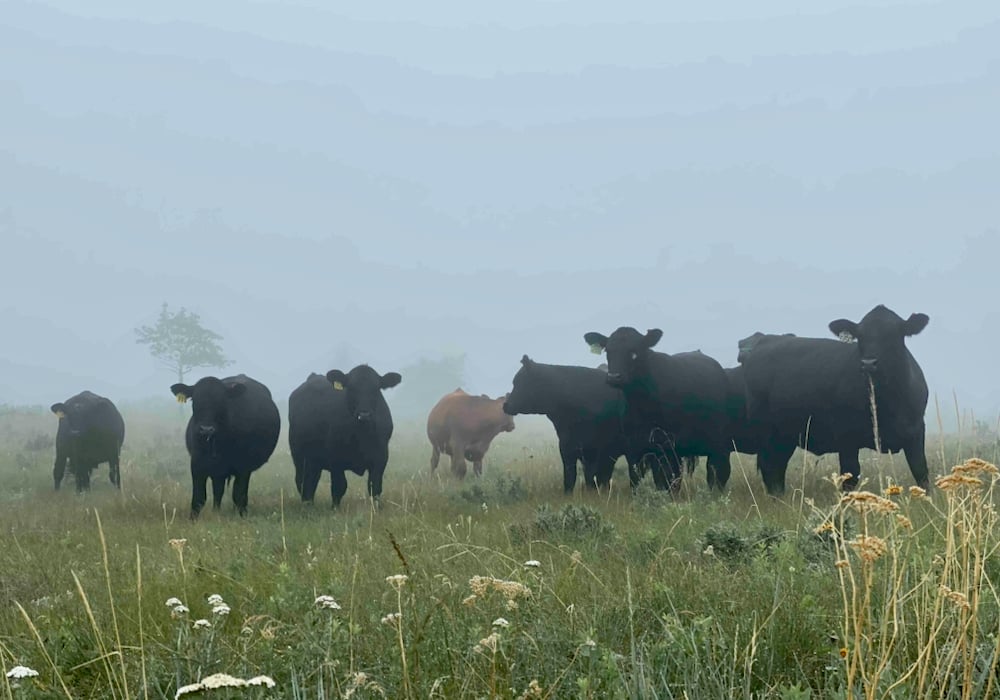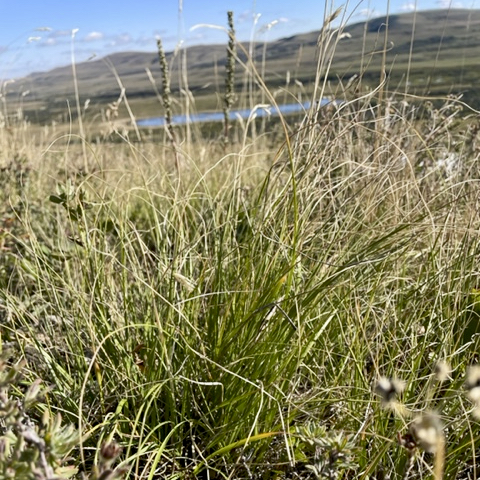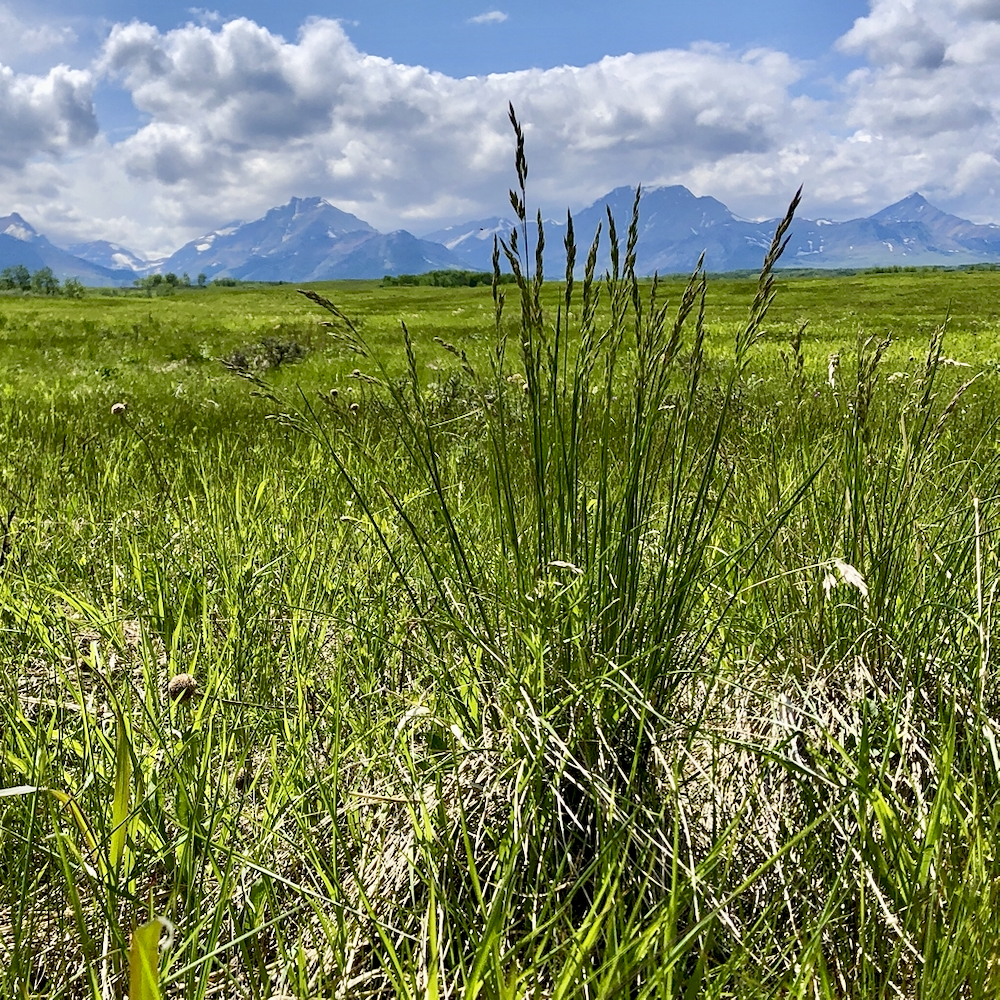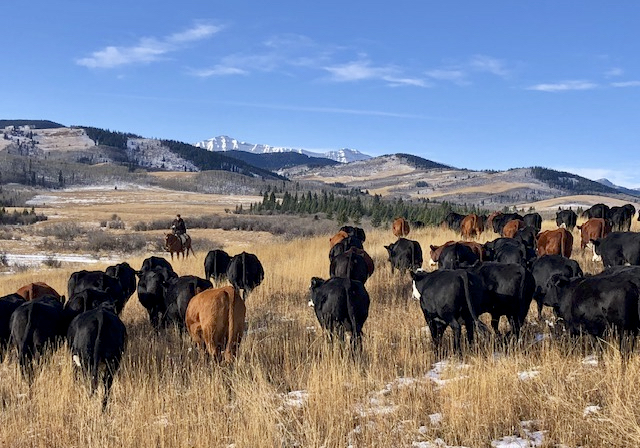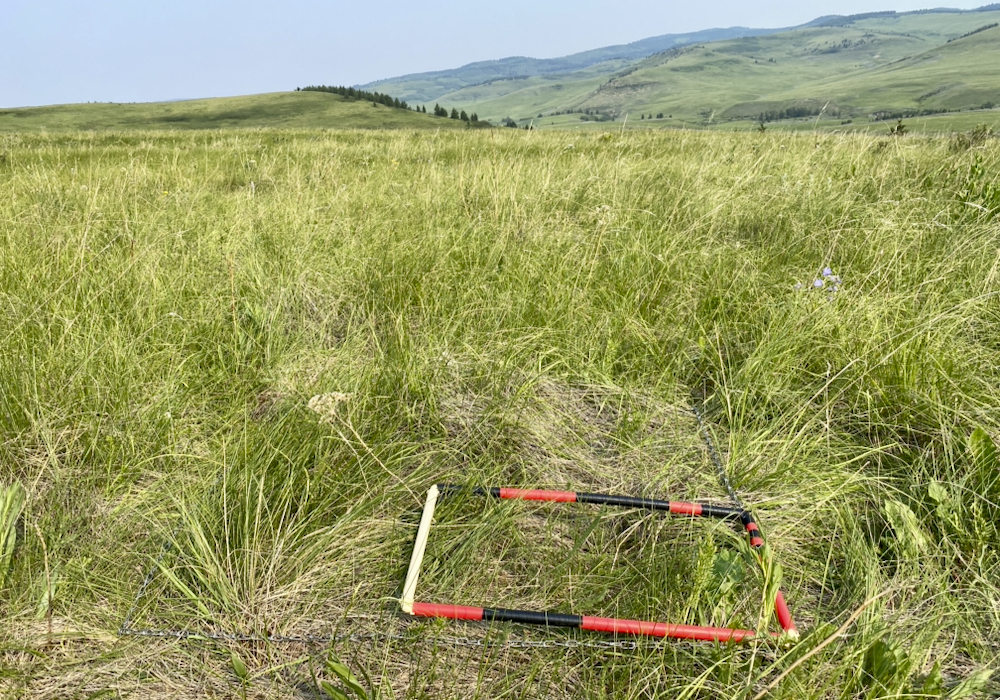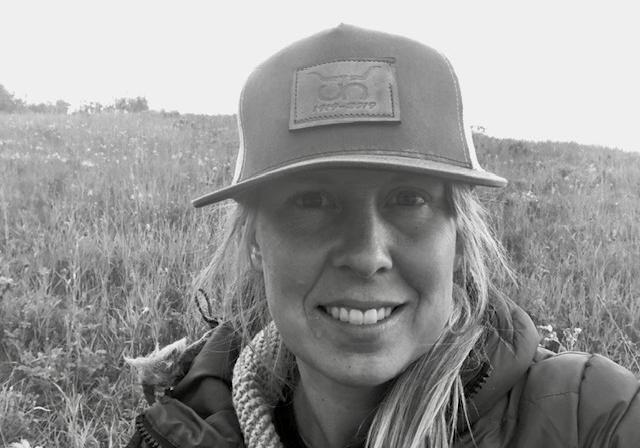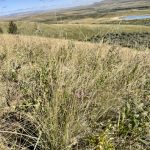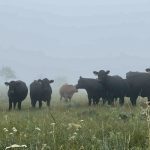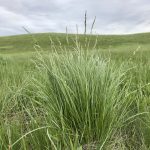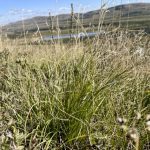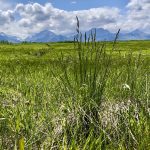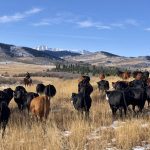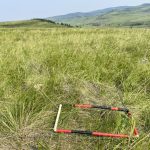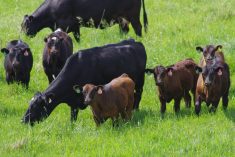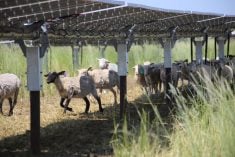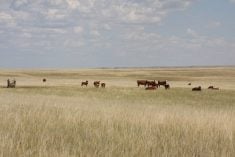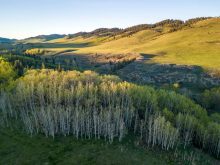
eastern-slopes-sidebar3-jaffray
Today most fescue grasslands are gone — the Nature Conservancy of Canada calls them the most endangered ecosystem in the world. But there are still healthy pockets in Alberta.
Photo: Stephanie Jaffray
eastern-slopes-sidebar2-green
Fescue grasslands once spread out from the foothills to cover the Northern Great Plains, nourishing huge herds of bison as well as antelope, elk and bighorn sheep.
Photo: Sarah Green
eastern-slopes-sidebar1-jaffray
The Eastern Slopes are home to some of Alberta’s most famous and historic grazing lands. But there’s a particular type of grass that makes them so special.
Photo: Stephanie Jaffray
eastern-slopes-sidebar4-jaffray
Thanks to snowmelt and runoff, rough fescue shoots up in spring while also storing moisture.
Photo: Stephanie Jaffray
eastern-slopes-sidebar5-green
Rough fescue is Alberta’s provincial grass, and the province is the last place in North America where all three varieties — plains, foothills and northern — still grow.
Photo: Sarah Green
eastern-slopes-sidebar6-jaffray
The largest remaining swaths of plains rough fescue grasslands are in ecological reserves southeast of Calgary.
Photo: Stephanie Jaffray
eastern-slopes-sidebar8-green
But while hardy, fescue doesn’t tolerate overgrazing well. But it has a trick — it’s actually less palatable in spring and summer and is most appealing from fall onwards.
Photo: Sarah Green
eastern-slopes-sidebar9-jaffray
There are many organizations trying to save the remaining fescue grasslands, and some like the Prairie Conservation Forum and Multisar, offer free range assessments and help in maintaining these habitats.
Photo: Stephanie Jaffray
eastern-slopes-sidebar7-green
Unlike other grasses, fescue cures on the stem, preserving its protein and nutrients. Nanton rancher Sarah Green says “it’s is by far our best winter feed.”
Photo: Sarah Green
Rough fescue is a densely tufted bunchgrass. Three varieties grow in Canada: Plains rough fescue, foothills rough fescue and northern rough fescue.
What makes these grasses unique, owner of Mount Sentinel Ranch Sarah Green says, is that unlike other grasses, they cure on long stems above ground, keeping palatable high-quality nutrients available even in deep snow.

